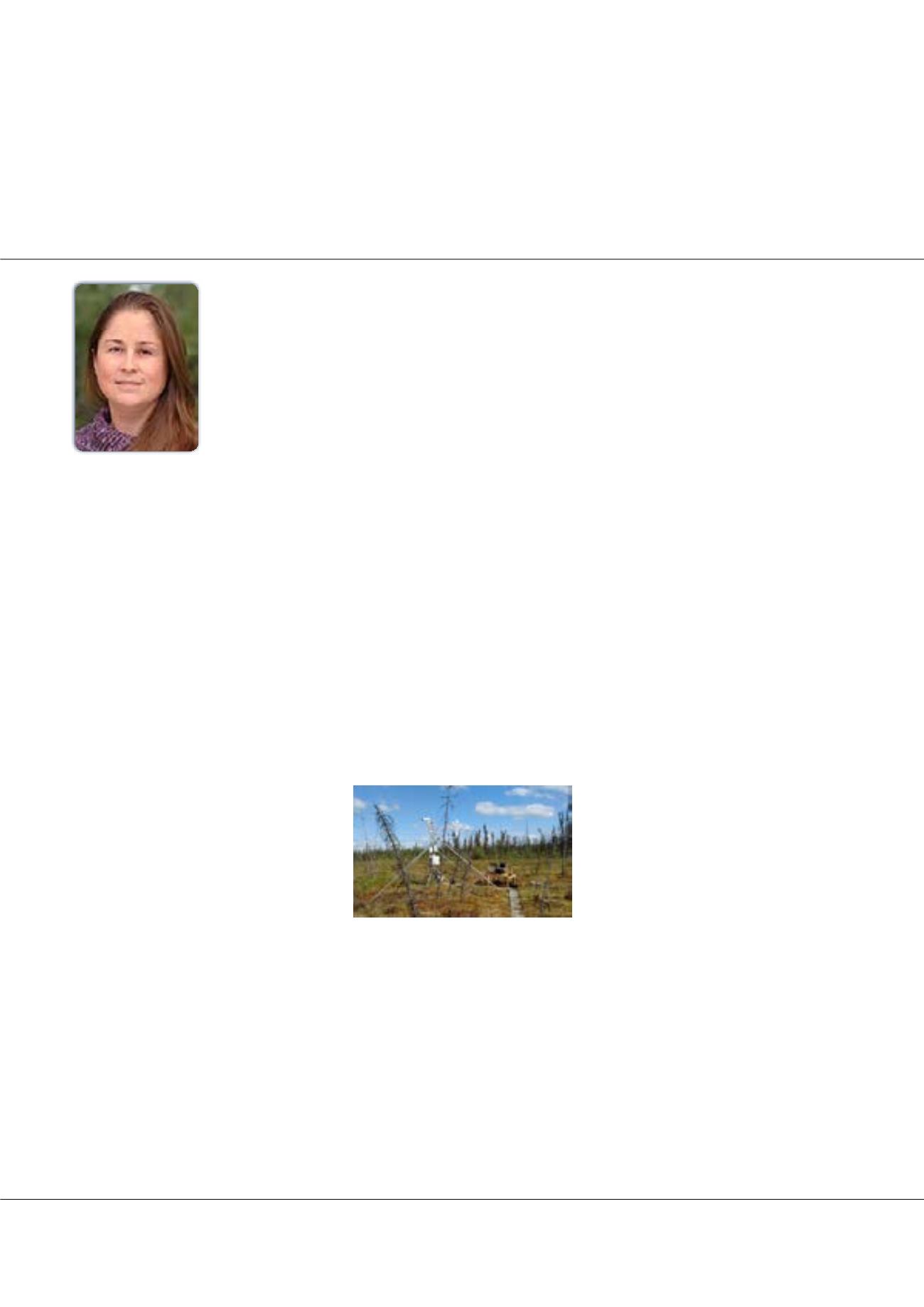

Volume 4, Issue 2 (Suppl)
J Laser Opt Photonics, an open access journal
ISSN: 2469-410X
Page 46
Notes:
conference
series
.com
JOINT EVENT
July 31- August 02, 2017 Milan, Italy
&
6
th
International Conference on Photonics
7
th
International Conference on Laser Optics
Aportable laser heterodyne radiometer for measurements of CO
2
and CH
4
in the atmospheric column
L
aser heterodyne radiometry is a technique based on radio receiver technology that has been in use since the 1970s
for measuring trace gases in the atmosphere such as ozone, water vapor, methane, ammonia, and chlorine monoxide.
Earlier iterations of this technique featured large, high-powered lasers that limited widespread use and the potential for
commericalization. With the relatively recent availability of distributive feedback (DFB) lasers, it has become possible to make
this technique low-cost, low-power, and portable. The miniaturized laser heterodyne radiometer (mini-LHR) is a passive
variation of this technology developed at NASA Goddard Space Flight Center that measures methane (CH
4
) and carbon
dioxide (CO
2
) in the atmospheric column by mixing sunlight and DFB laser light in the infrared. The entire instrument fits on
a backpack and operates on a fold-out 35 watt solar panel. Over the course of its development, the mini-LHR has been field
tested in a range of locations and conditions including urban locations inWashington, DC and Los Angeles, a high-altitude site
at Mauna Loa observatory in Hawaii, a rural location in upper Wisconsin, and a dairy farm in California. Recently, the mini-
LHR was used to monitor CH
4
and CO
2
over varying thawing permafrost terrains. In the image, the mini-LHR (right) is shown
in a collapse scar bog next to an eddy flux tower (left) at a field site near Fairbanks, Alaska. The mini-LHR operates in tandem
with AERONET - a global network of more than 500 sensors that measure aerosol optical depth. The benefit of this partnership
is that the mini-LHR could be readily deployed into this global network and provide validation for satellite missions as well as
a long-term stand alone data product.
Biography
Emily Wilson specializes in Instrument Development for measurement of atmospheric trace gases. She joined NASA in 2005 after working there as an NRC Postdoc. She
leads two instrument developments: a laser heterodyne radiometer for column measurements of CO2, CH4, and H2O, and a miniaturized gas correlation radiometer for
measurements of CH4, CH2O, H2O, and CO2 in the Martian atmosphere.
Emily.L.Wilson@nasa.govEmily Wilson
NASA Goddard Space Flight Center, USA
Emily Wilson, J Laser Opt Photonics 2017, 4:2(Suppl)
DOI: 10.4172/2469-410X-C1-010
















